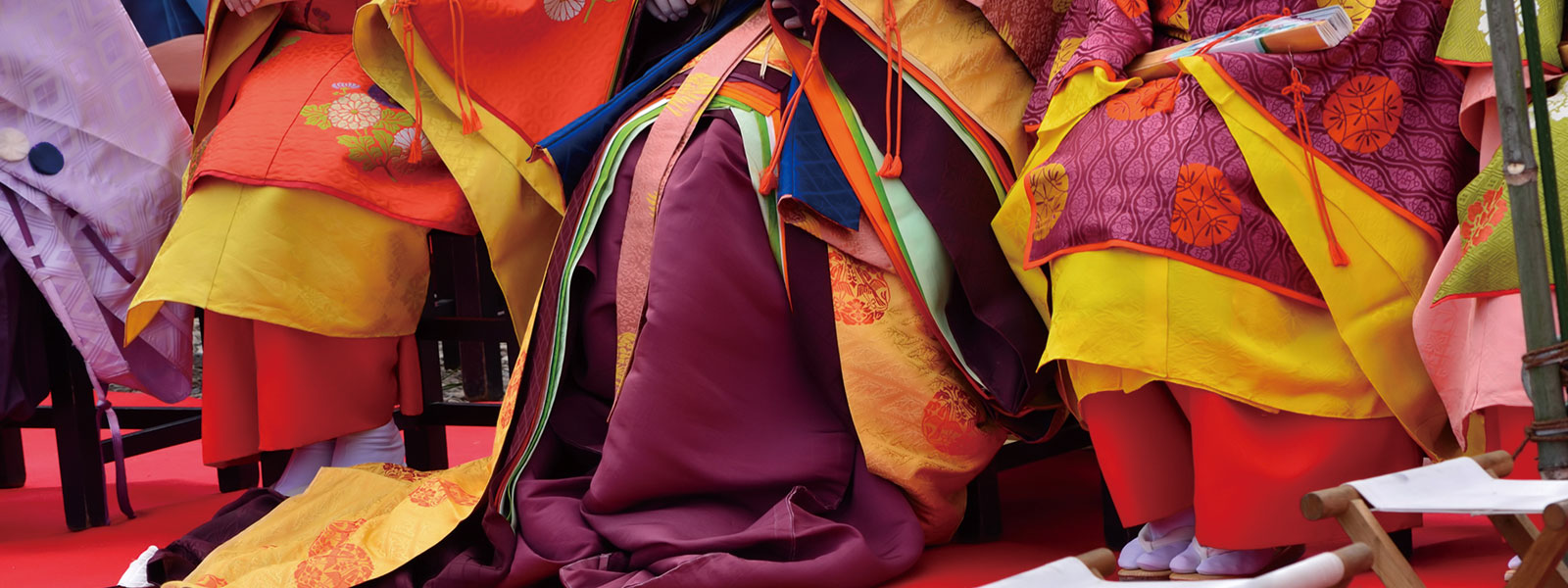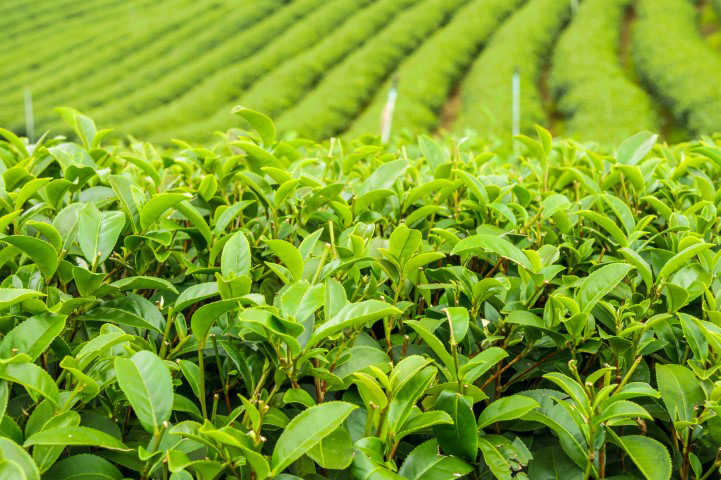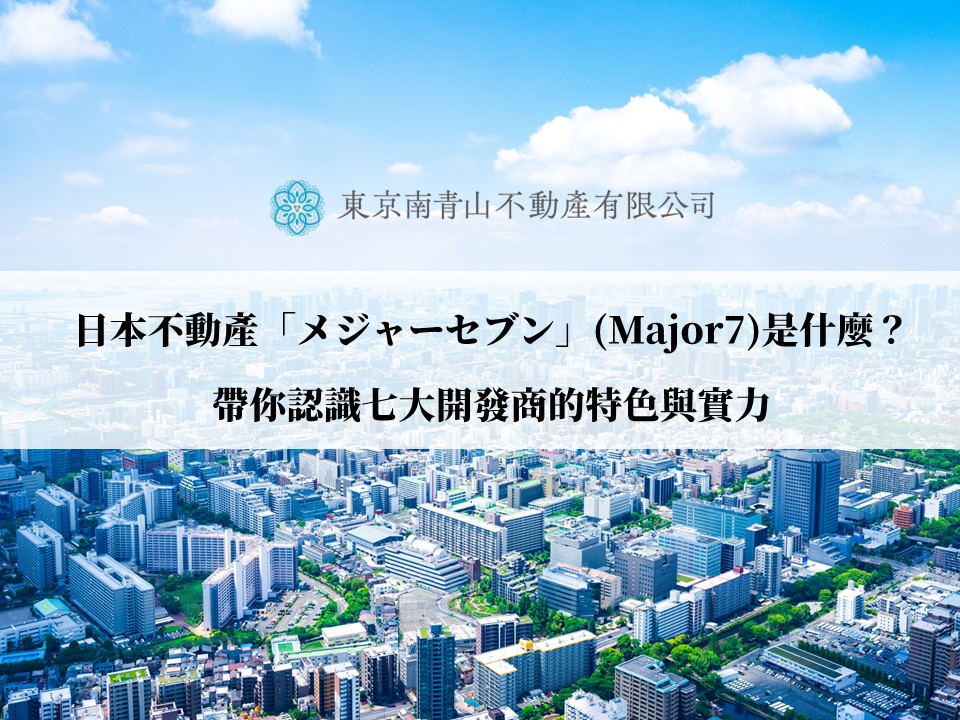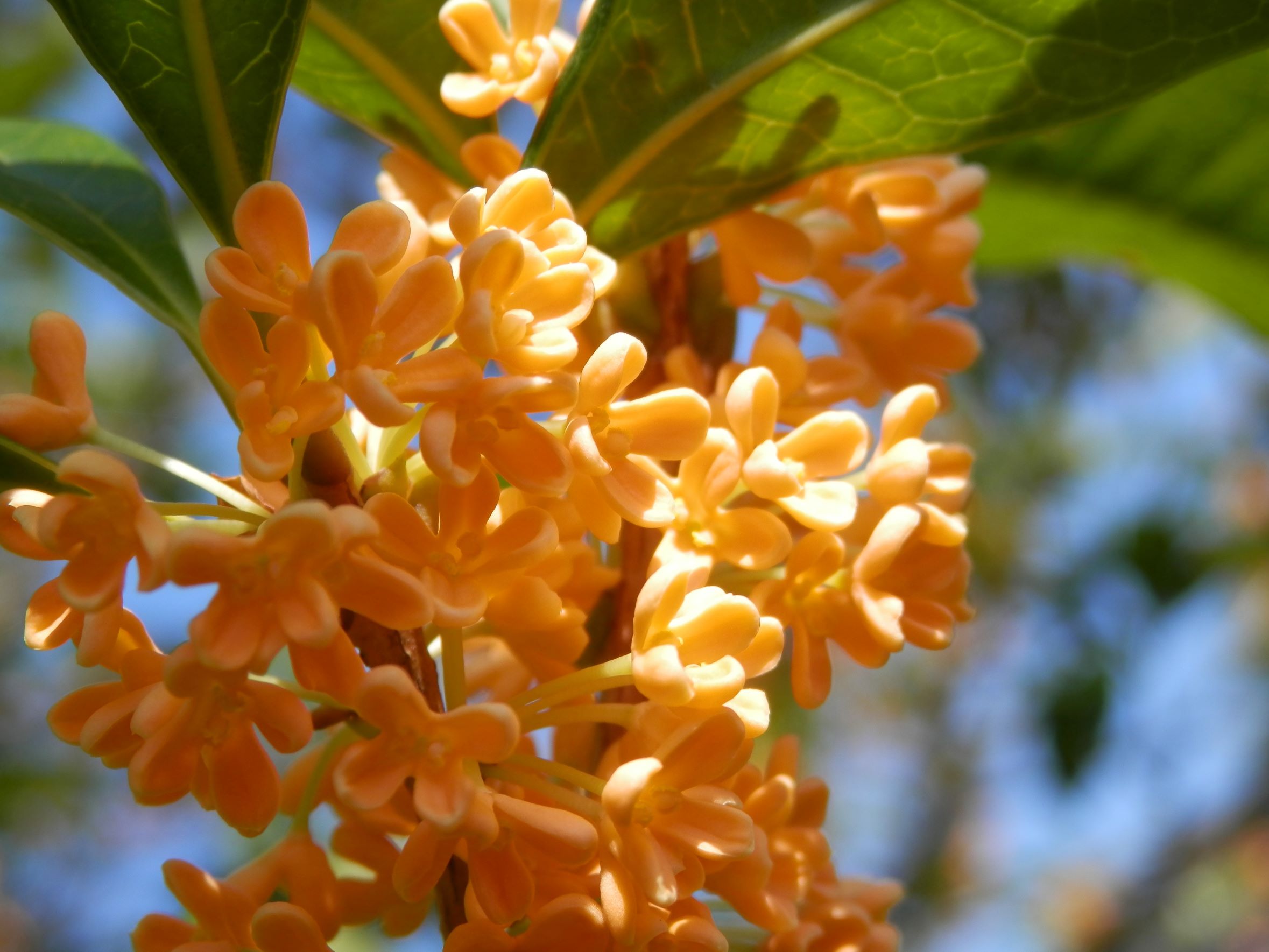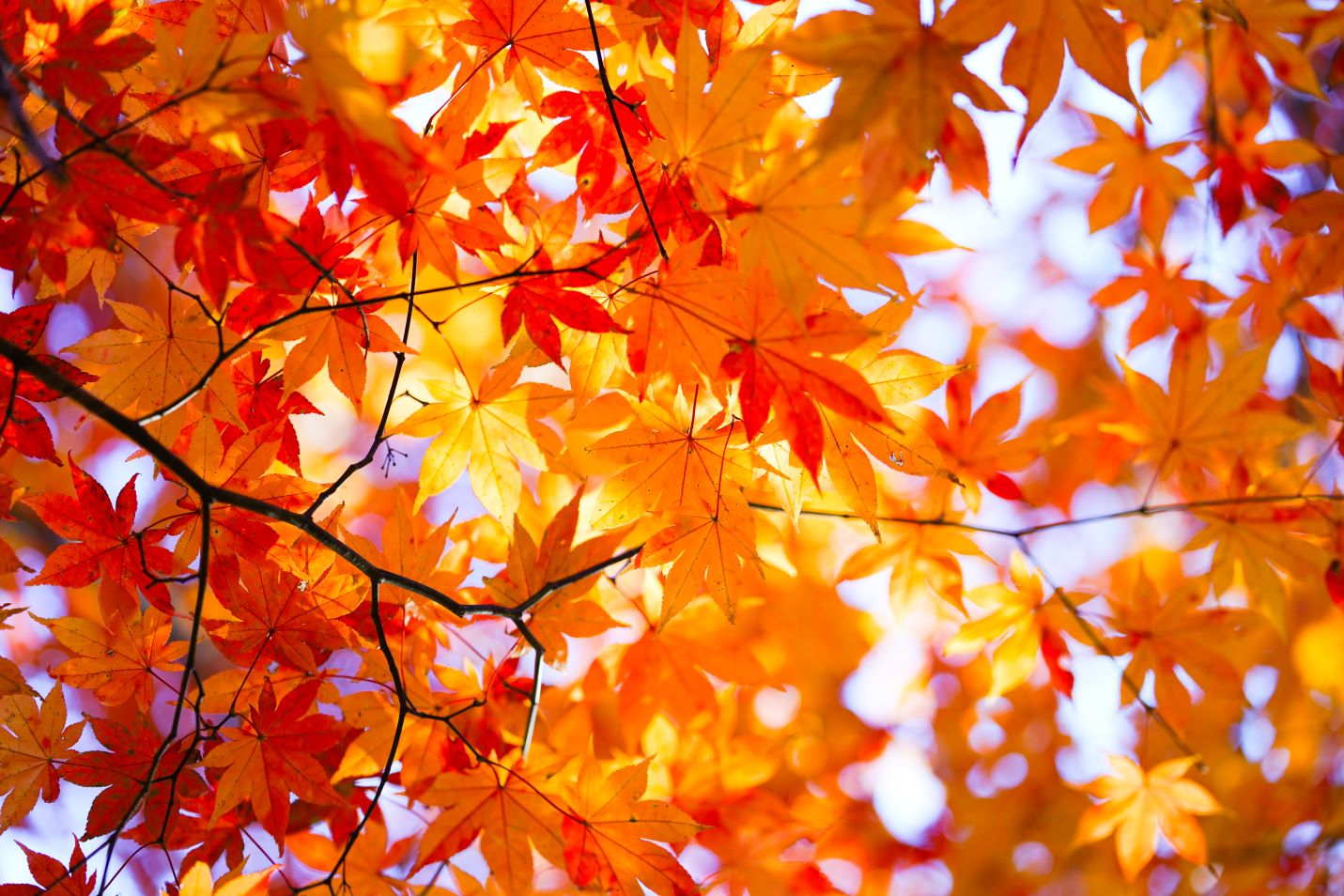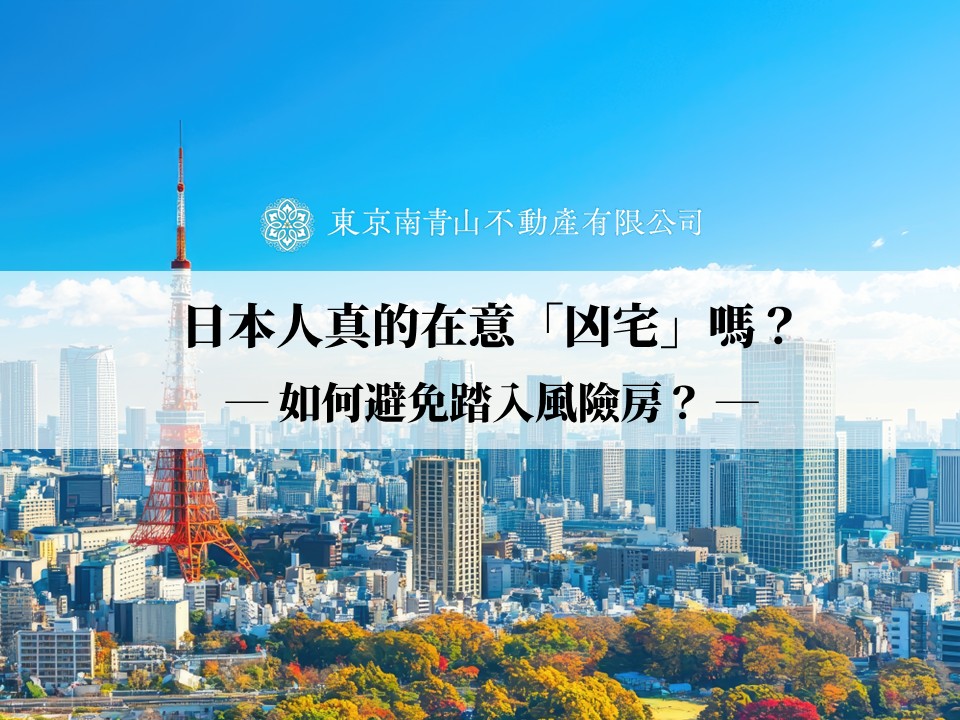In Japan, tea is an essential part of daily life, enjoyed both at the table and when entertaining guests. Many people turn to a cup of tea to relax when they are feeling down or tired. Recently, Japanese tea has gained popularity overseas, with teapots and cups becoming iconic souvenirs. More people around the world are discovering the joy of making tea. This article will unveil the tea culture in Japan.
Tea was first introduced to Japan as ‘medicine’ by Tang envoys and monks
Tea was introduced to Japan between the Nara and Heian periods, brought back by Tang envoys and study monks. According to the “Later Chronicles of Japan,” a history book from the early Heian period, the monk Eichu (えいちゅう) offered sencha to Emperor Saga, marking the earliest recorded instance of tea drinking in Japan. Emperor Saga also commanded the planting of tea trees in regions like Kinai, Omi, Tanba, and Harima. These areas paid annual tribute to the emperor, signifying that tea cultivation was already established in Japan at that time.
The tea consumed during this period was known as “tuan tea” or “cake tea.” The leaves were steamed, mashed with a mortar, pressed into cubes, and dried for preservation. In China, tea was used as a medicinal drink, and this practice carried over to Japan, where it was valued for its health benefits. Due to its rarity, tea was a luxury enjoyed only by a select few, such as monks and nobles.
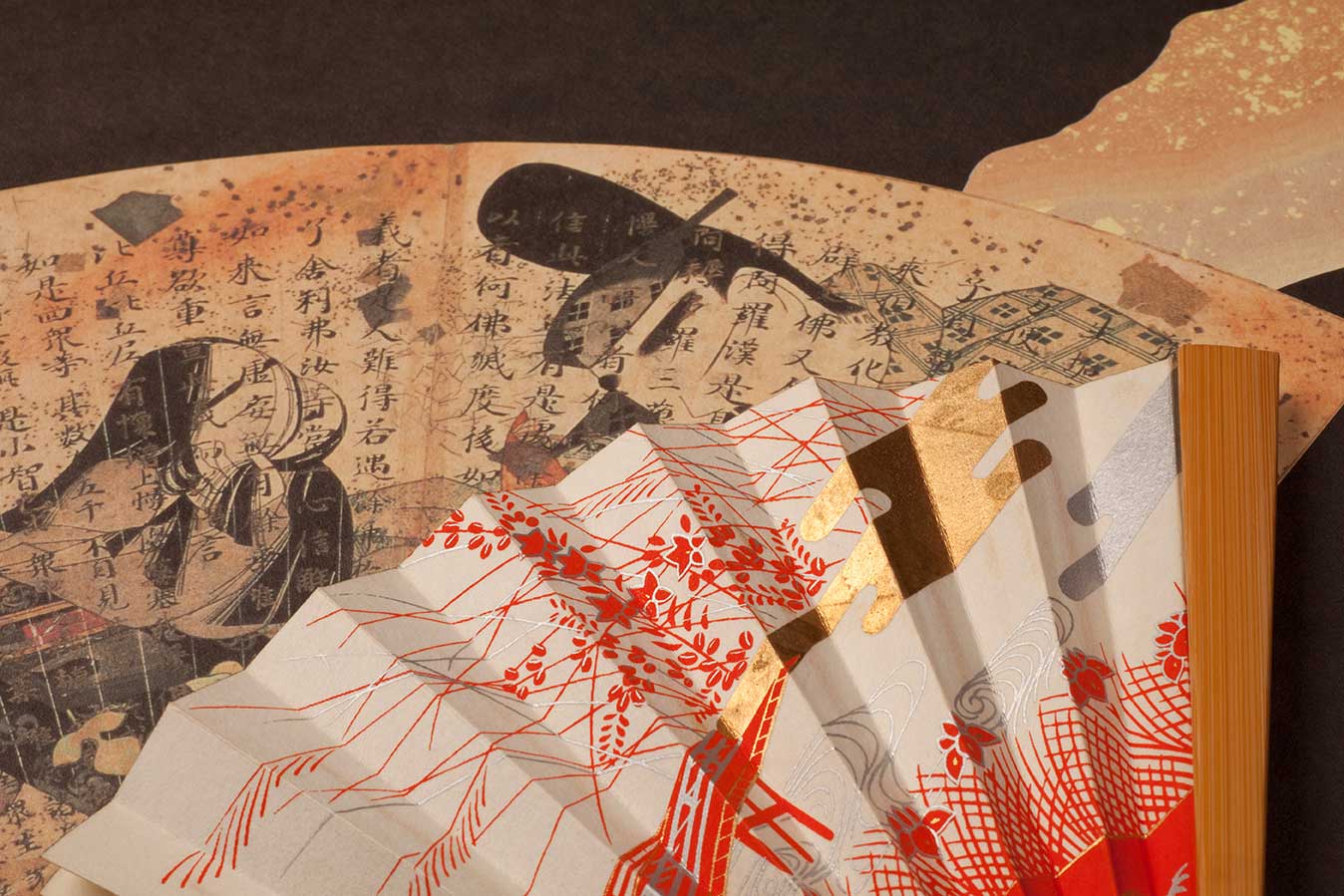
Uji Tea: Its Beginnings in the Kamakura Period
During the Kamakura period, Eisai (えいさい), the founder of the Rinzai sect, studied Zen Buddhism and brought back to Japan the tea species and the culture of “milled tea” (matcha before stone grinding and crushing) that could replace tuan tea. It is said that it was also during this period that people began using tea whisks to stir and make tea. Eisai compiled Japan’s first tea book, “Tea Health Notes,” which recorded how tea was prepared, its effects, and how it was consumed.
This culture was subsequently transmitted to Master Ming Hui (みょうえしょうにん) of Togano (とがのお) in Kyoto, where tea cultivation began in earnest at Kozanji Temple. Tea produced in Togano was called “real tea” due to its high quality, while tea cultivated in other regions was referred to as “non-tea.”
In the 13th century, to further promote tea culture, tea plantations were transferred to Uji, leading to the development of “Uji tea.” The production area of tea expanded beyond Kyoto to include Ise, Iga, Suruga, Musashi, and other places. By the late Kamakura period, tea culture had also become quite popular among the samurai class. People gathered to enjoy tea parties, known as “Chayoriai,” and participated in the popular “Toucha,” a tea tasting competition where participants guessed the origin of the tea.
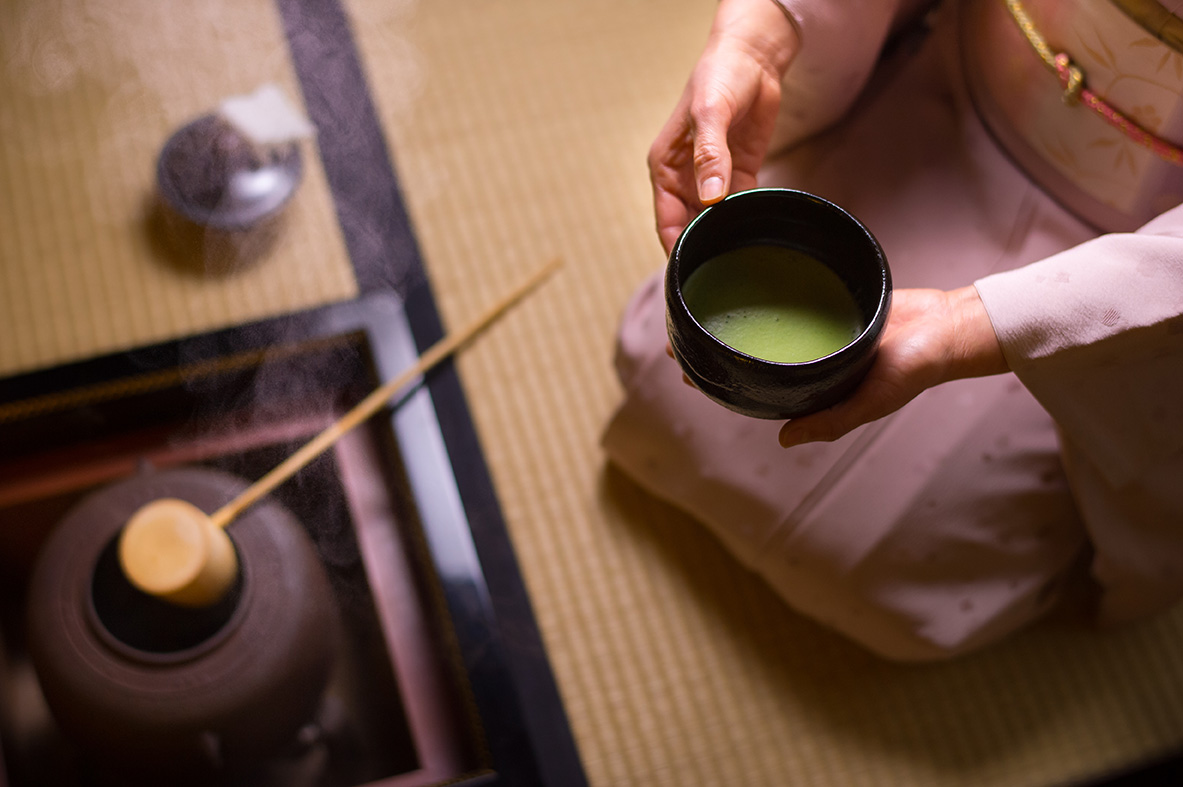
The “wabi-cha” that emerged during the Muromachi period revered the aesthetics of “wabi-sabi”
During the Muromachi period, the third shogun, Ashikaga Yoshimitsu, had a deep appreciation for Uji tea and established seven tea gardens to promote its cultivation. It is believed that Uji tea’s unique “mulch-down cultivation” (shading cultivation method) was invented during the Azuchi-Momoyama period.
In the mid-Muromachi period, Murata Jukō introduced the concept of “wabicha,” which contrasted with the ornate and pretentious tea culture of the time. “Wabicha” embraced the aesthetics of wabi-sabi, emphasizing the beauty of simplicity and elegance. This spirit was later carried forward by Takeno Jōō and Sen no Rikyū, eventually shaping the tea ceremony culture in Japan as we know it today.
Sencha, which emerged during the Edo period, gradually became the predominant tea in Japan
During the Edo period, the tea ceremony officially became a ritual of the shogunate and an integral part of samurai society. Meanwhile, the simple method of drinking tea by boiling (decoction) became widely popular among the common people. In 1738, Nagatani Souen invented the “Sei Sencha Making Method” (Nagatani-style Sencha), which was praised for its unique aroma and taste, earning him the title “ancestor of sencha.” This method, also known as the Uji method, gradually spread throughout the country and became the mainstream of tea in Japan. In 1835, the sixth generation of Yamamoto Kahei invented the “Gyokuro” method, further popularizing sencha culture.
Additionally, from the end of the Edo period to the Meiji period, tea and silk became important export commodities for Japan, with significant exports to the United States and the United Kingdom.
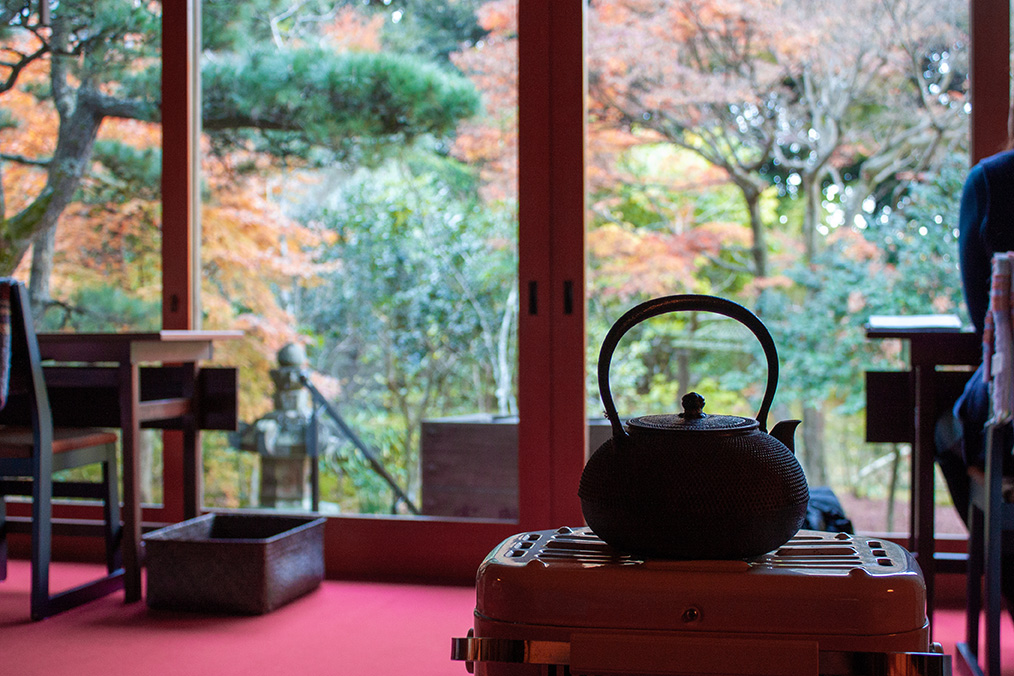
Summary
Japanese tea culture was introduced from China and gradually spread throughout Japan. During the Taisho period, tea remained a luxury, but it was only from the Showa period that teapots and sencha began to become common in ordinary households. Additionally, some people started using teapots to brew Japanese tea like black tea, adding milk and sugar to enjoy it.
Today, tea production areas across the country, including Shizuoka Prefecture, known as Japan’s No. 1 Tea Town, Kagoshima Prefecture (Chiran Tea), Saitama Prefecture (Sayama Tea), and Fukuoka Prefecture (Yame Tea), leverage their local climates to cultivate tea. People may explore different varieties of tea from these regions to find their favorite flavor.


